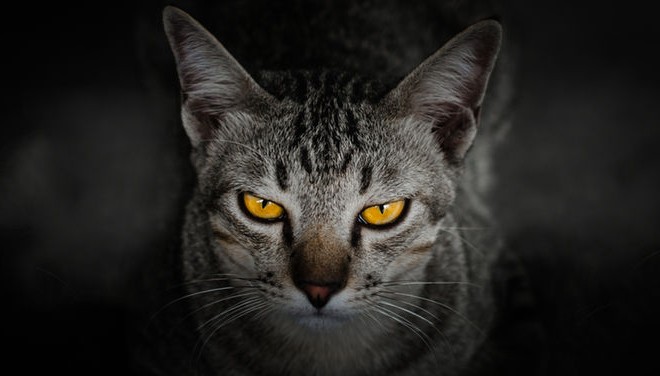
The impact of feral cats to Australian wildlife has hit breaking point with populations exploding across the nation. The feral cats are responsible for the extinction of 20 mammal specices,including the lesser bilby and desert bandicoot – and currently, there are at least 124 species of native animals that are at risk of extinction because of feral cats.
Sporting Shooter Magazine has run several articles on this growing problem. The programs are now hitting maturity with the Government allocating$5 million to various community groups on the frontline of eradication efforts.
The program has also received its fair share of backlash from the feline extremists, with the Threatened Species Commissioner Gregory Andrews receiving death threats.
Gregory Andrews said the cull, which goes until 2020, did not target domestic cats, nor was driven by bloodlust.
“We are not culling cats for the sake of it, we are not doing so because we hate cats.
“We have got to make choices to save animals that we love, and who define us as a nation like the bilby, the warru (Black-footed rock-wallaby) and the night parrot.”
The Minister for the Environment and Energy Josh Frydenberg is expected to announce in March the first round of grants to encourage communities to trap and humanely euthanise feral cats. Mr Andrews has called on every mayor around Australia to provide free euthanasia of trapped feral cats.
Each feral cat kills up to 1000 native animals a year, ranging from crickets to lizards and small mammals. Some feral “catastrophic” cats will develop a taste and skill for hunting larger prey: Indigenous rangers in the Anangu Pitjantjatjara Yangkuntjatjara lands caught a 6.8-kilogram cat with a 5 kilogram rock-wallaby (warru) in its gut.
About 211,000 cats were culled last year, including dozens in Kosciusko that were preying on mountain pygmy possums, and others preying on bilbies, bandicoots, numbats and night parrots in remote and arid Australia. Five islands, including Christmas Island and Kangaroo Island, have introduced plans to gradually eliminate all feral cats and phase out domestic cats – most communities supporting initiatives where existing pets will be the last to be kept, and will often require a licence.
Other ways to cull cats being investigated include:
- baits made from a “secret” recipe, some with a chipolata sausage;

Gut contents of NZ feral cat - guardian dogs, which can be trained to protect native species. Andrews said on his Facebook page that a farmer on Kangaroo Island had a dog that was protectingwedge tailed eagle andfree-range chooks fromFeralCats;
- using Indigenous hunters, professional trappers and shooters. Australia is the only continent that was cat-free untilEuropeans introduced cats,and
- training prey to avoid feral cats; and stopping repeat killersby using injectible”trojan” toxins –inserted into threatened species –that only activate when the cats eat the prey.
One of the most exciting developmentsis a grooming trap that targets cats’ fastidious nature by spraying its pelt with toxin. John Read, anEyre Peninsula-based ecologist,developed the trap after seeing many native species “knocked off”.
When an infrared camera spots and identifies a feral cat (using complex algorithms that filter out humans and other animals) it sprays the cat’s fur with a toxin.
“Cats are fastidious about grooming, and they will lick it off and ingest the poison. It is more of an instinctive thing,” Dr Read said.
“All of the other techniques, luring them to a cage trap or a bait, requires the cat to make a conscious decision to go after a bait.”
Given these findings, Dr Legge arguedfor the cull to be focused on the most vulnerable areas andtargeting catastrophic cats.
Dr Legge said some male feral cats would specialise in hunting juvenile rock wallabies. The cat would learn how to take out big prey like a recreational fisherman angles for fish. “Then theyjust go for it.”
While Australia had fewer feral cats than many countries, the relatively high impact of feral cats could be “because many Australia species have relatively low reproductive outputs, and/or may be unusually susceptible to novel predators”
Mr Andrews said nearly all people visiting his Facebook page back the government’s plan, but he has attracted death threats from opponents.
Pet rights activists such as Brigitte Bardot have criticised Australia’s plan while others say we should trap, neuter and release the animals.
Despite the threats, Mr Andrews said he had no problemsleeping at night.
“I sleep well because –having been a cat owner for most of my life –the science says every feral cat will kill three to 20 native animals a week.”
“I have gutted a feral cat and seen what’s inside,” he said.
It was a quoll. It made his stomach churn, but gave him new respect for what cats can do.

0 Comments